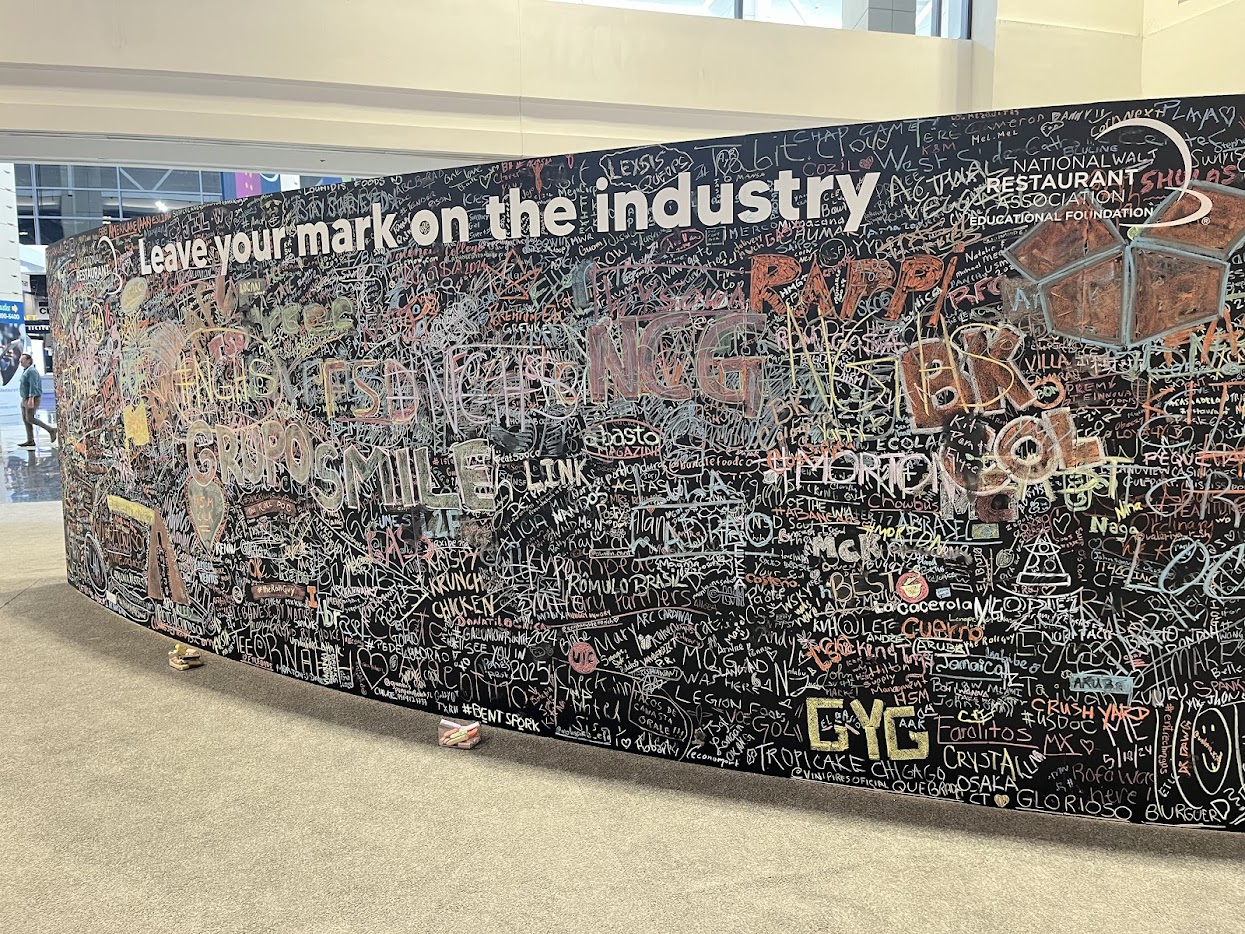FoodOps been providing some pro-bono work for a local BIPOC brand for the last 3 or 4 months. Recently, conversations have pivoted from strategy and are now focused on their manufacturing process. We are now fielding questions about ways to improve their yield, throughput, and efficiency.
We love these conversations and can always make an impact when asked to help about manufacturing. But these conversations are hard to have over the phone, sharing videos, or even in-person if we are not at the facility. It is imperative that we can see things. How do ingredients flow through the process? Are the operators being utilized in the best way? Where are the bottlenecks? What low hanging fruit is there from an automation standpoint?
John and Craig were able to visit this customer at their manufacturing location last week and answer all of these questions. We’re now working with the brand to help them build some custom tooling to improve efficiency and source a user’s manual for a machine that’s causing them issues. There’s no way we could have gotten to this point over video calls.
We love it when our clients empower us to go to their manufacturing sites to see things first-hand and build the necessary relationships to troubleshoot issues together.

